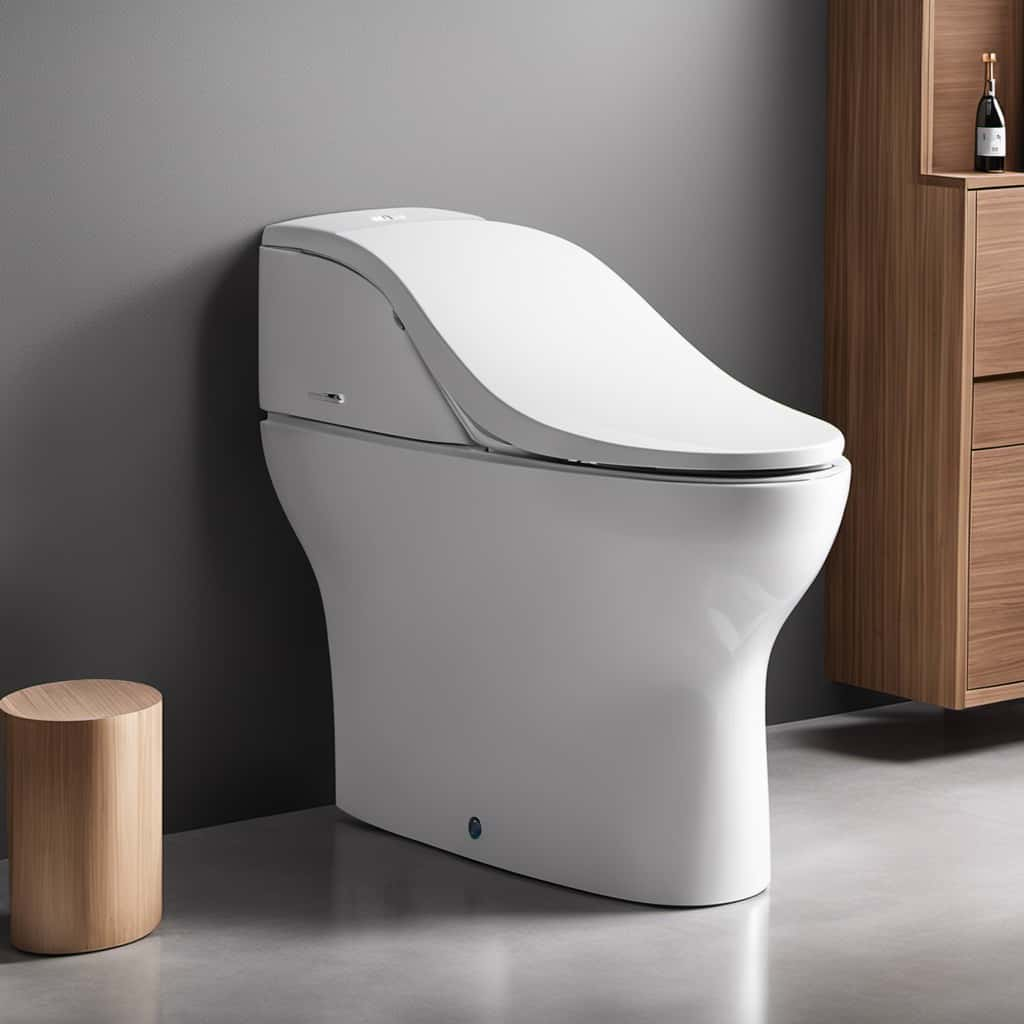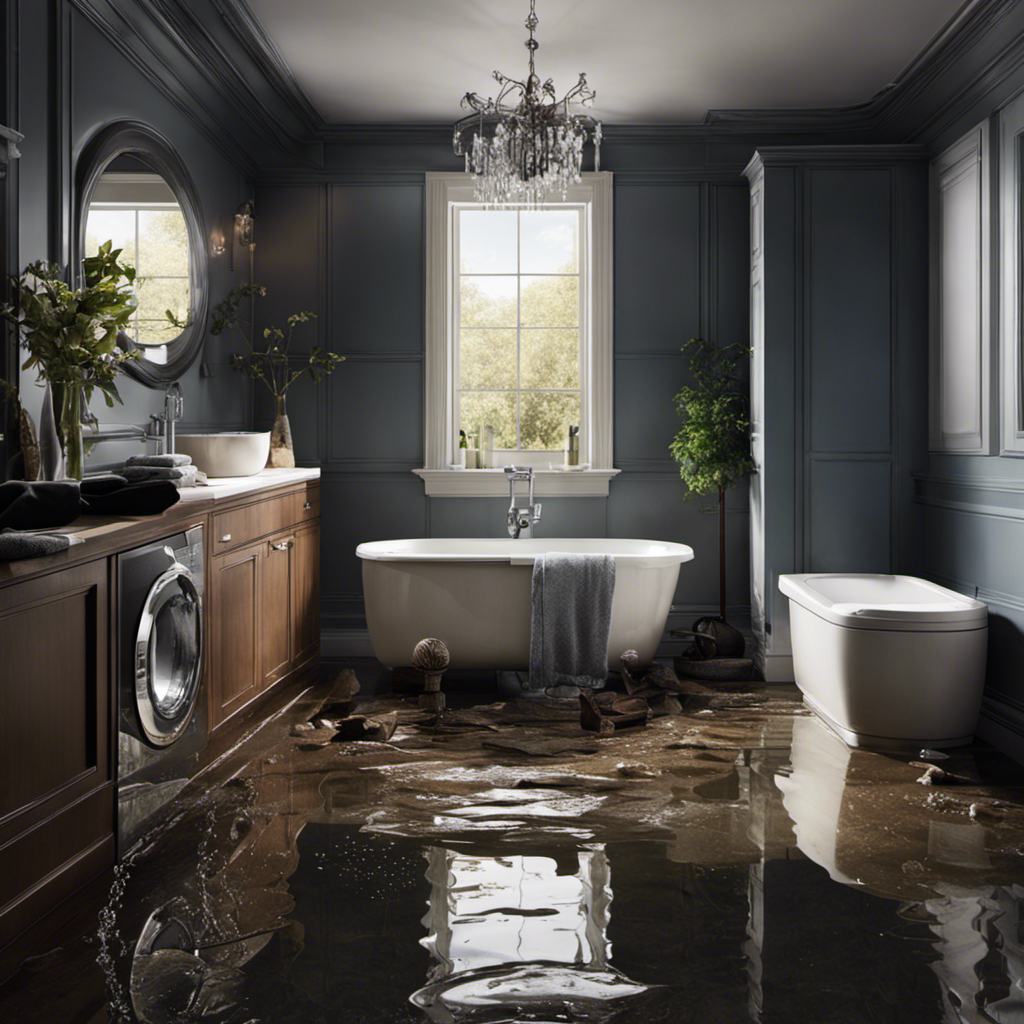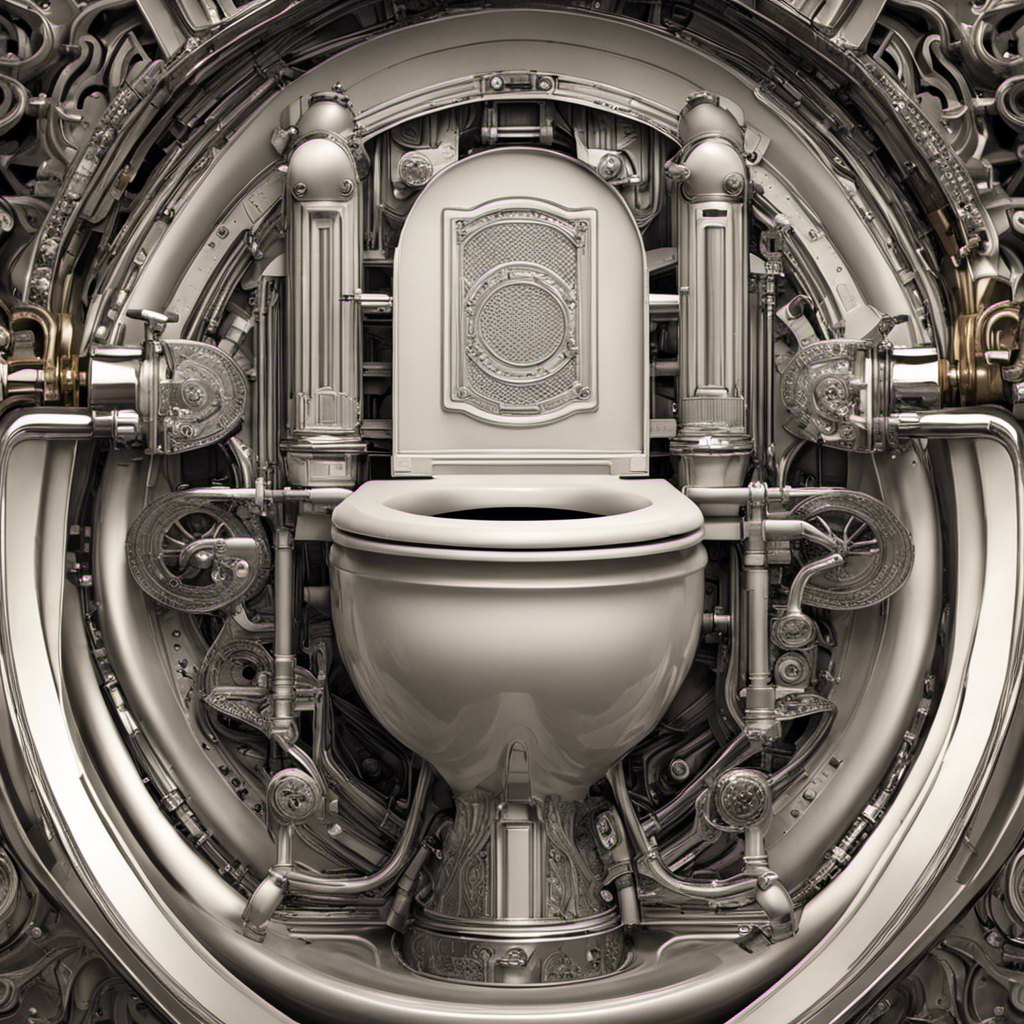Ever been in the thick of a plumbing disaster, frantically looking for a method to unclog a blocked drain pipe? Worry no more, as we hold the answer you’re searching for.
In this step-by-step guide, we will arm you with the knowledge and tools necessary to conquer any drain blockage. From plunging to snaking, we’ll show you how to restore your pipes to their former glory.
Prepare to become a master of drain maintenance and bid farewell to those pesky clogs.
Key Takeaways
- Slow drainage and gurgling sounds are common signs of a clogged drain.
- Inspect the drain opening and use a flashlight to check inside the drain pipe for blockages.
- Gather tools such as a plunger, drain snake, bucket, and gloves before starting.
- Use different unclogging methods like using a plunger, baking soda and vinegar mixture, hot water and dish soap, or a wet/dry vacuum.
Identify the Clogged Drain
To properly clear a clogged drain pipe, we need to first identify the location and cause of the blockage. Identifying hidden clogs and understanding the signs of a clogged drain are crucial steps in this process.

One common sign of a clogged drain is slow drainage, where water takes longer to go down the sink or bathtub. Another sign is gurgling sounds coming from the drain when water is being used.
To identify the hidden clogs, we can start by visually inspecting the drain opening and surrounding area for any visible debris or blockages. If nothing is visible, we can use a flashlight to look inside the drain pipe and check for any obstructions.
If necessary, we can also use a plumbing snake or a camera probe to further investigate the drain pipe and locate the blockage. By properly identifying the clogged drain, we can proceed to the next step of clearing it effectively.
Gather Necessary Tools and Materials
Let’s gather the necessary tools and materials to clear a clogged drain pipe. Before we begin, it’s important to prepare the tools required for the task.

You’ll need a plunger, a drain snake, a bucket, and a pair of gloves. The plunger is essential for creating suction and dislodging the clog. The drain snake, on the other hand, is used to physically remove the obstruction from the pipe.
It’s crucial to choose the right materials for this task. Opt for a plunger with a sturdy handle and a strong rubber suction cup. When selecting a drain snake, ensure that it’s long enough to reach the clog and has a flexible and durable cable.
Remove Any Visible Debris From the Drain
Before we proceed, it’s important to remove any visible debris from the drain using a pair of gloves and a bucket. This step is crucial in preventing drain clogs and ensuring the success of DIY drain cleaning methods.
Start by putting on a pair of gloves to protect your hands from any harmful substances or sharp objects that may be present in the drain.

Next, place a bucket underneath the drain to catch any debris that you remove. Carefully inspect the drain opening and remove any visible debris such as hair, soap scum, or food particles. Use your gloved hand or a small tool like a pair of tweezers to gently pull out the debris.
Once you have removed all visible debris, dispose of it in a trash bag or bin.
Use a Plunger to Unclog the Drain
Now let’s explore some alternative methods for unclogging a drain and discuss how to prevent future drain clogs.
Using a plunger is a common and effective way to clear a clogged drain. By creating pressure and suction, the plunger helps dislodge the blockage and allows water to flow freely again.
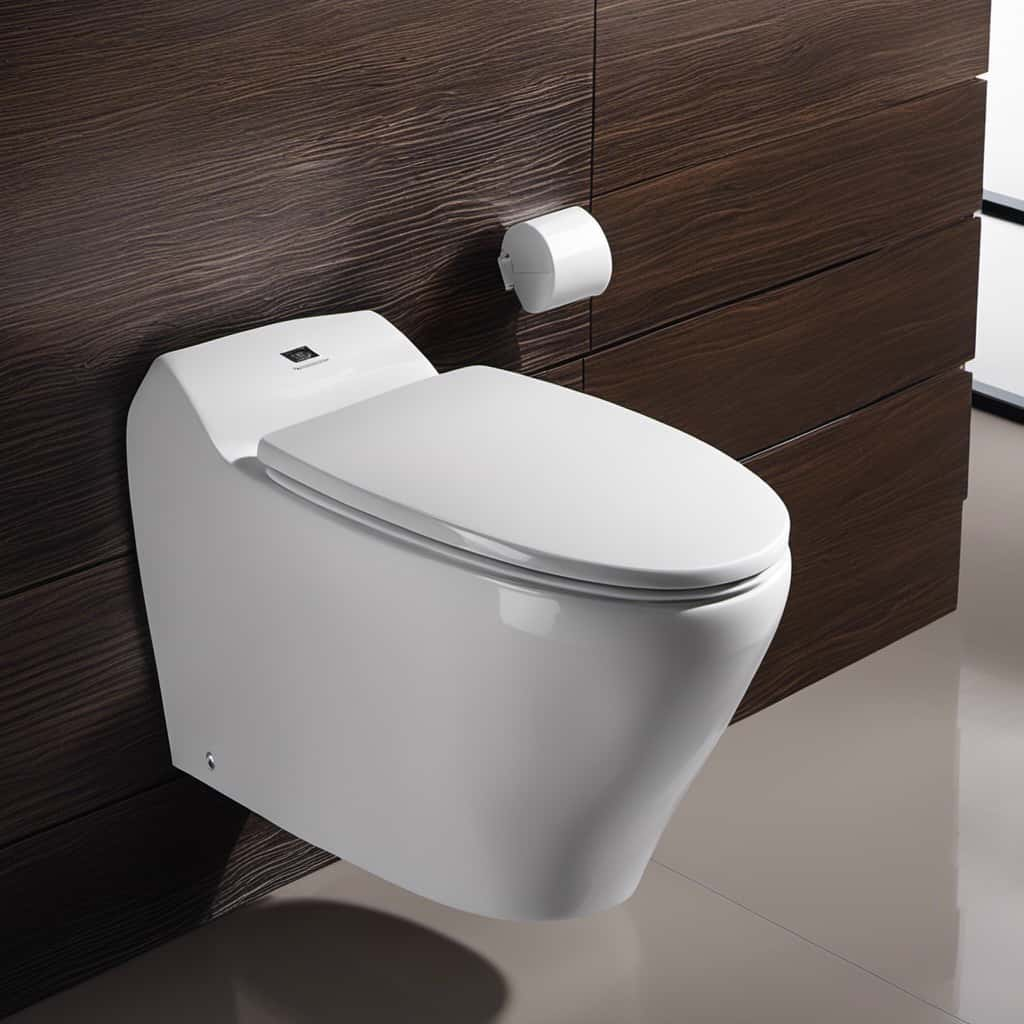
Additionally, we’ll discuss some preventative measures that can help keep your drain pipes clear and avoid future clogs.
Alternative Drain Unclogging Methods
One effective method for unclogging a drain is by using a plunger. However, if you don’t have a plunger on hand or if it doesn’t work, there are alternative methods you can try. These alternative drain unclogging methods can be considered as unclogging hacks and are natural drain cleaning methods.
One method is to use a mixture of baking soda and vinegar. Start by pouring half a cup of baking soda down the drain, followed by half a cup of vinegar. Let it sit for about 30 minutes, then flush it with hot water.
Another method is using a combination of salt and boiling water. Mix half a cup of salt with boiling water and pour it down the drain. Let it sit for a few minutes, then flush it with hot water.

These alternative methods can be effective in unclogging your drain, but to prevent future drain clogs, it’s important to take some preventative measures.
Preventing Future Drain Clogs
To prevent future drain clogs, we should regularly use a plunger to unclog the drain. Regular maintenance with a plunger helps prevent hidden blockages from becoming major clogs. By using this simple tool regularly, you can keep your drains clear and avoid costly plumbing repairs. Remember, prevention is key when it comes to maintaining a healthy plumbing system.
Here are the steps to effectively use a plunger:
- Position the plunger: Place the plunger over the drain opening, ensuring a tight seal.
- Create suction: Push down on the plunger firmly, then pull up quickly to create a suction effect.
- Repeat the process: Repeat the plunging motion several times to dislodge any debris or buildup causing the clog.
- Test the drain: After plunging, run water down the drain to check if it flows freely.
Try Using a Drain Snake or Auger
We can effectively clear a clogged drain pipe by using a drain snake or auger. These tools are essential for any DIY drain cleaning project and can help prevent plumbing emergencies. A drain snake, also known as a plumber’s snake or drain auger, is a flexible tool that can be inserted into the drain to break up and remove clogs. It works by either manually cranking the snake or using a motorized version. An auger, on the other hand, is a more heavy-duty tool that can be used for tougher clogs. It features a rotating blade that cuts through the clog and clears the pipe. Here is a comparison of the two tools:
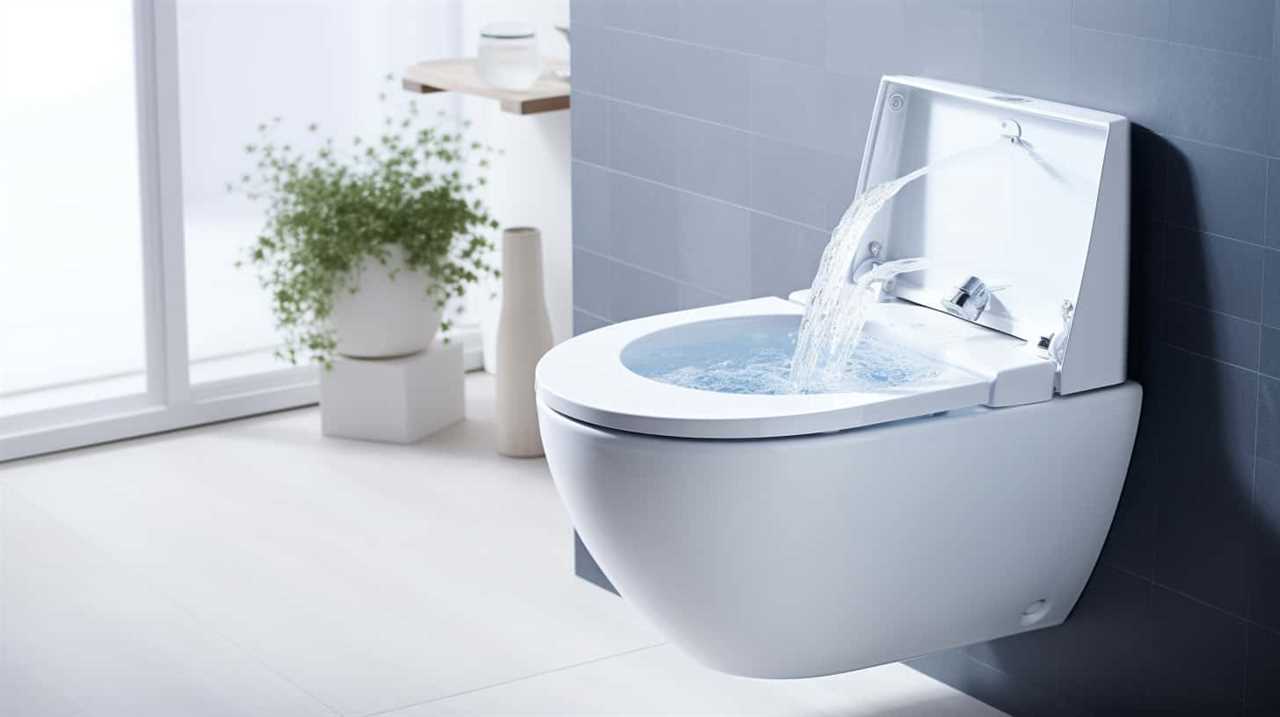
| Drain Snake | Auger |
|---|---|
| Flexible and versatile | Heavy-duty and powerful |
| Ideal for small to medium-sized clogs | Suitable for tough and stubborn clogs |
| Can be manually operated | Requires a power source |
| Affordable and easy to use | More expensive and may require professional assistance |
When using a drain snake or auger, it is important to follow these steps:
- Wear protective gloves and eyewear.
- Insert the tool into the drain, pushing it as far as it can go.
- Rotate the handle or turn on the motor to break up the clog.
- Slowly pull out the tool, ensuring that the clog is being removed.
- Run water to flush out any remaining debris.
Use a Chemical Drain Cleaner Cautiously
Before using a chemical drain cleaner, it’s important to take safety precautions. These chemicals can be harmful if not handled properly, so wearing protective gloves and goggles is essential.
Additionally, it’s worth considering alternatives to chemical cleaners, such as using a plunger or a mixture of baking soda and vinegar, which can be just as effective without the potential risks.
Safety Precautions for Chemicals
When using a chemical drain cleaner, it’s important to frequently read and follow the safety instructions provided on the product label. Here are some important safety precautions to keep in mind:

- Proper Ventilation: Ensure that the area where you’re using the chemical drain cleaner is well-ventilated. Open windows or use fans to allow fresh air to circulate and prevent the buildup of toxic fumes.
- Protective Clothing: Wear appropriate protective clothing, including gloves and goggles, to protect your skin and eyes from any potential splashes or spills. Chemical drain cleaners can be corrosive and cause burns or irritation.
- Avoid Mixing Chemicals: Never mix different chemical drain cleaners or other cleaning products together. Mixing chemicals can result in dangerous reactions and release toxic gases.
- Storage and Disposal: Store the chemical drain cleaner in its original container and keep it out of reach of children and pets. Dispose of any leftover product safely, following the instructions on the label or contacting your local waste disposal facility for guidance.
Alternatives to Chemical Cleaners
To explore alternatives to chemical cleaners, it’s important to consider the potential risks associated with using a chemical drain cleaner cautiously. Chemical free drain cleaning methods provide a safer and more environmentally friendly option for unclogging drains.
Natural remedies for unclogging drains include using a mixture of baking soda and vinegar, which can effectively break down blockages without the use of harsh chemicals. To use this method, start by pouring half a cup of baking soda down the drain. Follow it with half a cup of vinegar and immediately cover the drain with a plug or cloth to prevent the fizzing mixture from escaping. Leave it for about 30 minutes, then flush the drain with hot water.
The chemical reaction between the baking soda and vinegar helps dissolve grease, hair, and other debris, allowing the drain to flow freely again.
Now, let’s delve into the specifics of using a mixture of baking soda and vinegar.

Use a Mixture of Baking Soda and Vinegar
We recommend using a simple mixture of baking soda and vinegar to clear a clogged drain pipe. This natural drain cleaner is effective and safe for both your pipes and the environment. Here’s how to use it:
- Pour half a cup of baking soda down the drain.
- Follow it with half a cup of vinegar.
- Allow the mixture to fizz and bubble for about 30 minutes. This reaction helps to break down the blockage.
- Flush the drain with hot water to wash away any remaining debris.
Using this method regularly can also serve as a preventive measure to keep your drain pipes clean and clear. The combination of baking soda and vinegar creates a powerful yet gentle solution that can prevent clogs from forming in the first place.
Use Hot Water and Dish Soap to Clear the Clog
When it comes to clearing a clogged drain pipe, using hot water and dish soap can be an effective method. Hot water helps to break down and dissolve grease and other debris that may be causing the clog. Dish soap, on the other hand, acts as a lubricant and helps to loosen the clog, making it easier to clear.
If hot water and dish soap don’t do the trick, there are alternative unclogging methods that can be tried.

Hot Water Effectiveness
Using hot water and dish soap is an effective method for clearing a clogged drain pipe. Here’s how to use hot water effectively:
- Adjust the hot water temperature: Ensure that the water is hot, but not boiling. Boiling water can damage certain types of pipes, so it’s crucial to find the right temperature.
- Boil water using a kettle: If your tap water doesn’t get hot enough, you can boil water using a kettle or stovetop. This will allow you to achieve the desired hot water temperature.
- Pour the hot water down the drain: Slowly pour the hot water down the drain. Start with a small amount and gradually increase the quantity. The hot water will help dissolve grease and soap scum, loosening the clog.
- Add dish soap: After pouring the hot water, add a few drops of dish soap down the drain. The soap will help break down the clog even further.
Remember to exercise caution when handling hot water and be mindful of the water temperature to avoid any potential damage.
Dish Soap Benefits
Dish soap benefits by acting as a lubricant and emulsifier, helping to break down grease, oils, and other substances that may be causing the clog. When combined with hot water, dish soap creates a powerful solution that can effectively dissolve and flush away the debris.
To utilize this method, start by pouring a generous amount of eco-friendly dish soap into the drain. Follow this by running hot water from the tap for a few minutes to create a strong flow. The hot water and dish soap combination will work together to loosen and dislodge the clog, allowing it to be washed away.

This technique isn’t only effective but also environmentally friendly, as it avoids the use of harsh chemicals. By using eco-friendly options, you can maintain a clear drain pipe while minimizing your impact on the environment.
Alternative Unclogging Methods
To clear a clogged drain pipe, we can further explore an alternative unclogging method by utilizing the combination of hot water and dish soap. This method isn’t only effective but also chemical-free, making it a natural and safe solution for unclogging drains.
Here is a step-by-step guide on how to use hot water and dish soap to clear a clog:
- Boil a pot of water on the stove or heat water in the microwave until it’s hot but not boiling.
- Pour about half a cup of dish soap into the clogged drain.
- Slowly pour the hot water down the drain, allowing it to mix with the dish soap.
- Let the mixture sit in the drain for about 15 minutes to break down the clog.
Hot water helps to dissolve the clog, while dish soap acts as a lubricant, allowing the clog to slide down the drain more easily. This combination is an effective and natural way to clear a clogged drain pipe without the need for harsh chemicals.
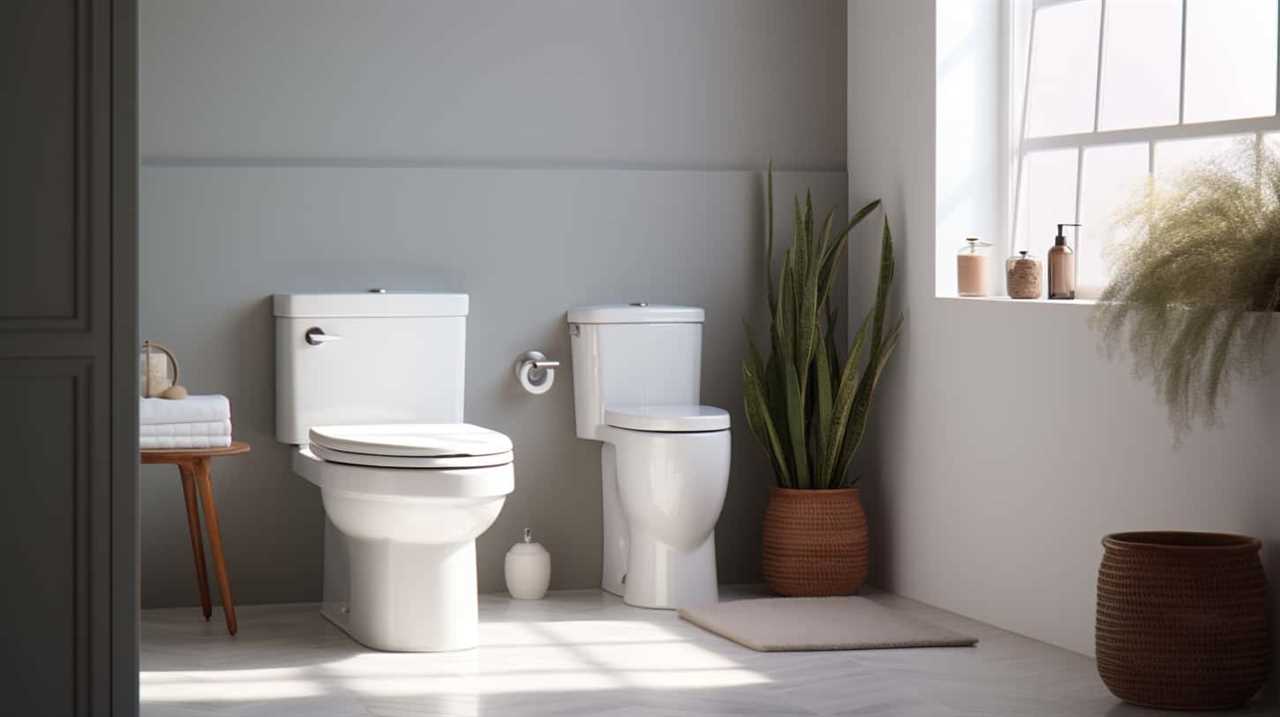
Try Using a Wet/Dry Vacuum
We can effectively clear a clogged drain pipe by utilizing a wet/dry vacuum. This method is highly effective in removing blockages and restoring proper flow in the pipes. Unlike other alternative vacuum methods, a wet/dry vacuum is specifically designed to handle both wet and dry materials, making it suitable for this task.
Here’s a step-by-step guide on how to use a wet/dry vacuum to clear a clogged drain pipe:
- Ensure safety: Wear gloves and protective eyewear before starting the process.
- Set up the wet/dry vacuum: Attach the appropriate hose or attachment for the drain pipe size.
- Create a seal: Place the hose firmly over the drain opening, ensuring a tight seal.
- Turn on the vacuum: Start the machine and allow it to create suction.
- Apply suction: Hold the hose in place over the drain opening for a few minutes, allowing the vacuum to remove the clog.
- Check the drain: Once the clog is cleared, check if the water is flowing freely down the drain.
- Clean up: Dispose of any debris collected in the vacuum and clean the equipment.
Remove and Clean the P-Trap
Let’s now discuss the steps involved in removing and cleaning the P-Trap.
This process is essential in clearing a clogged drain pipe. By following these steps, we can effectively remove any debris or buildup that may be causing the blockage.
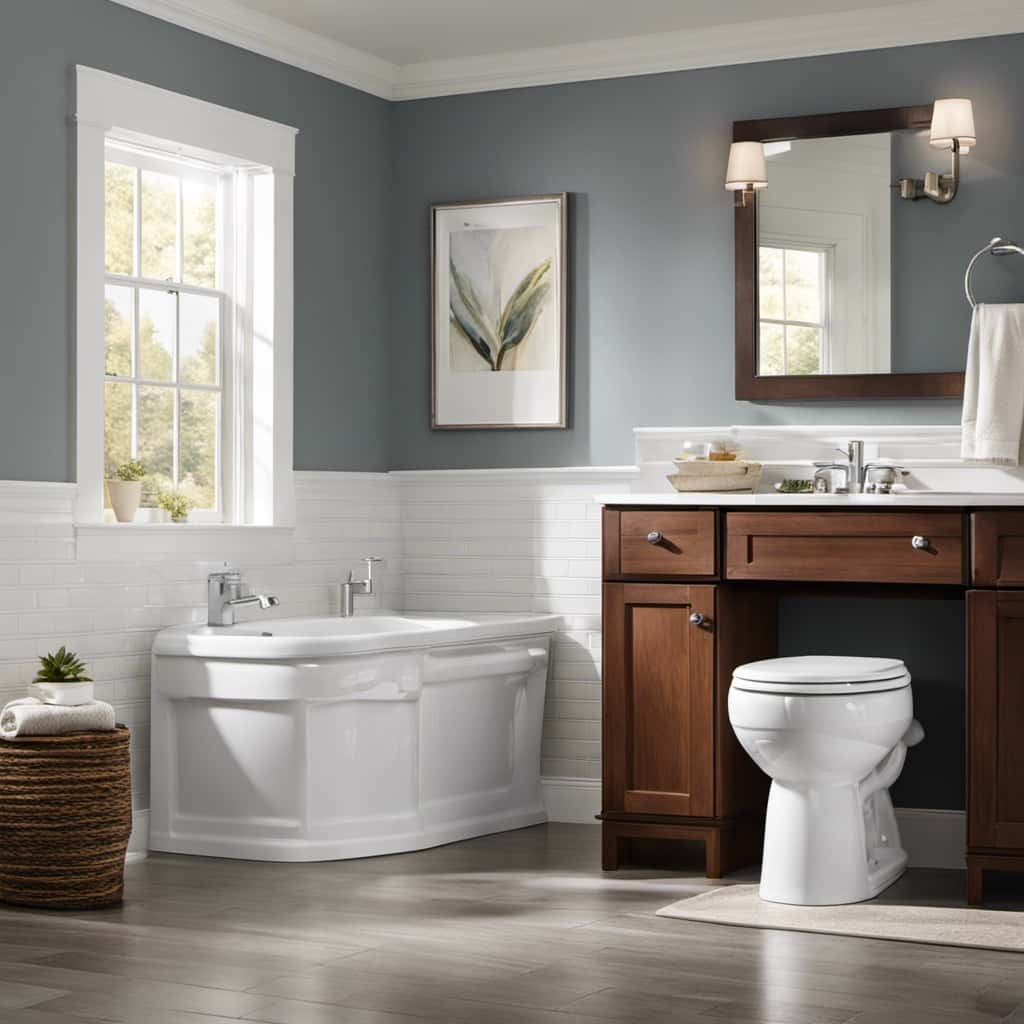
Additionally, cleaning the P-Trap helps maintain proper drainage and prevents future clogs.
P-Trap Cleaning Steps
To start cleaning the P-Trap, we’ll first turn off the water supply to the sink. This is important to prevent any water leakage during the process.
Once the water is turned off, we can proceed with the following steps:
- Place a bucket or a shallow pan under the P-Trap to catch any water or debris that may come out during the cleaning process.
- Use a wrench to loosen the slip nuts on both ends of the P-Trap. Be careful not to apply too much force as it may damage the pipes.
- Gently remove the P-Trap and empty its contents into the bucket or pan.
- Clean the P-Trap thoroughly using a brush or a pipe cleaning tool to remove any buildup, hair, or debris that may be causing the clog.
By following these steps, you can ensure proper P-Trap maintenance and prevent common causes of drain clogs.

Remember to reassemble the P-Trap tightly and turn the water supply back on once the cleaning is complete.
Benefits of P-Trap Removal
Removing and cleaning the P-Trap offers several benefits in maintaining a clog-free drain pipe.
The P-Trap, also known as the U-bend, is a curved section of pipe located beneath your sink or bathtub. It serves as a barrier to prevent sewer gases from entering your home while allowing water to flow freely.
By removing and cleaning the P-Trap, you can ensure that it functions effectively and minimize the risk of clogs in your drain pipe. Regular maintenance of the P-Trap is crucial because it can accumulate debris, hair, and grease over time, leading to blockages.

Additionally, cleaning the P-Trap helps eliminate foul odors caused by trapped food particles or stagnant water. By properly maintaining your P-Trap, you can prolong the lifespan of your drain pipe and prevent future clogs.
Preventing Future Clogs
To prevent future clogs, we can easily remove and clean the P-Trap. Regular maintenance of the P-Trap is essential to keep your drain pipe clear and flowing smoothly. Here are four steps to help you prevent future clogs and maintain your drain system effectively:
- Gather the necessary tools: Before starting, gather a bucket, gloves, a pipe wrench, and a wire brush.
- Turn off the water supply: Locate the water shut-off valve near the P-Trap and turn it off to prevent any water leakage during the cleaning process.
- Remove the P-Trap: Use a pipe wrench to loosen the nuts connecting the P-Trap to the drain pipe. Carefully remove the P-Trap and empty any debris into the bucket.
- Clean the P-Trap: Use a wire brush to scrub away any residue or buildup inside the P-Trap. Rinse it thoroughly with water and reattach it to the drain pipe.
Regularly performing these DIY drain cleaning methods will help prevent future clogs and maintain a smooth-flowing drain system.
Check for Any Hidden Blockages in the Pipes
After removing the drain cover, we carefully inspect the pipes for any hidden blockages. Hidden blockages can cause a clogged drain and lead to further plumbing issues if not addressed promptly. To identify these blockages, we look for signs such as slow drainage, gurgling sounds, or foul odors coming from the pipes. By visually examining the pipes, we can determine if there are any obstructions obstructing the flow of water. If necessary, we may use a plumbing snake or a camera inspection to reach inaccessible areas and locate hidden blockages. It is crucial to identify and remove these blockages to ensure the proper functioning of the drain system.
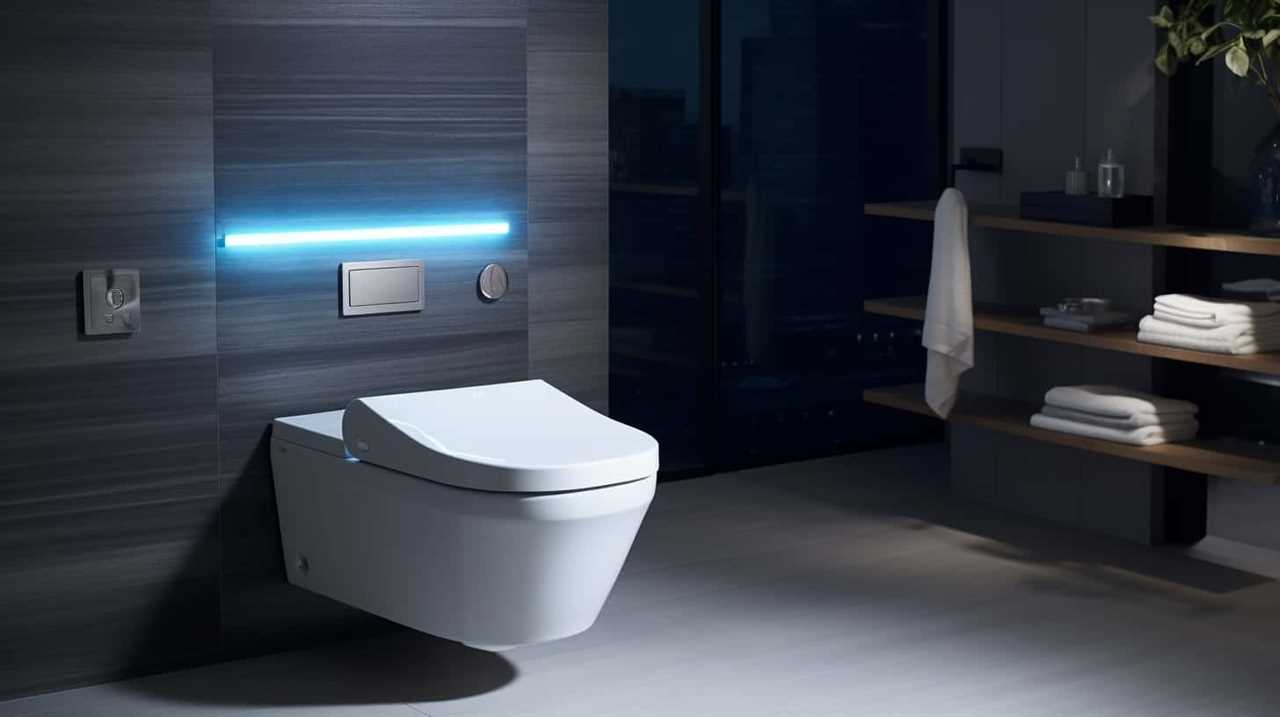
To emphasize the importance of checking for hidden blockages, consider the following table:
| Signs of Hidden Blockages |
|---|
| Slow drainage |
| Gurgling sounds |
| Foul odors |
| Visible debris |
| Water backup |
Use a Plumbing Snake to Clear the Main Drain Line
After checking for hidden blockages in the pipes, we can now move on to using a plumbing snake to clear the main drain line. Using a plumbing snake effectively is crucial to ensure the best results. Here are the steps to follow:
- Prepare the snake: Attach the appropriate head to the end of the snake, ensuring it fits securely.
- Insert the snake: Carefully insert the snake into the drain until you feel resistance.
- Rotate and push: Once inserted, rotate the handle of the snake clockwise while pushing it further into the drain. This action helps break up the clog.
- Withdraw the snake: Slowly retract the snake while continuing to rotate it. This helps to catch any remaining debris and clear the drain.
Safety precautions for using a drain snake or auger include wearing gloves and eye protection, as well as being cautious not to damage the pipes.
If all else fails, it may be necessary to call a professional plumber to resolve the clog.

Call a Professional Plumber if All Else Fails
If we’re unable to clear a clogged drain pipe using other methods, we should call a professional plumber for assistance.
While DIY drain cleaning methods can be effective for many common causes of clogged drains, there are instances where the problem may be too severe or complex for us to handle on our own.
By calling a professional plumber, we can ensure that the issue is properly diagnosed and resolved. Plumbers have the necessary tools and expertise to tackle even the most stubborn clogs and can provide long-lasting solutions.
Additionally, they can identify any underlying issues that may have contributed to the clog, such as tree root intrusion or pipe damage, and address them accordingly.

Prevent Future Clogs With Regular Drain Maintenance
To ensure the longevity and efficiency of our drain pipes, regular drain maintenance is essential. By taking proactive steps to prevent future clogs, we can avoid the inconvenience and costly repairs associated with blocked pipes.
Here are four key practices for regular drain maintenance:
- Conduct routine inspections: Regularly check your drain pipes for any signs of blockages or leaks. Look out for slow drainage, unpleasant odors, or gurgling sounds, as these may indicate hidden blockages in the pipes.
- Use drain guards: Install drain guards or strainers in sinks, showers, and tubs to catch hair, food particles, and other debris that can potentially cause clogs.
- Flush with hot water: Once a week, pour a kettle of hot water down each drain to help dissolve any buildup and keep the pipes clear.
- Avoid pouring grease and oil down the drain: Grease and oil can solidify and create stubborn blockages. Dispose of them in a separate container instead.
By following these regular drain maintenance practices, we can minimize the risk of clogs and keep our drain pipes running smoothly.
Now, let’s explore some additional tips and tricks for clearing drain pipe clogs.

Additional Tips and Tricks for Clearing Drain Pipe Clogs
Let’s explore some effective tips and tricks for clearing clogged drain pipes.
In addition to the traditional methods of using a plunger or drain snake, there are alternative drain unclogging methods that can be equally effective.
One method is using a mixture of baking soda and vinegar. Start by pouring a cup of baking soda down the drain, followed by a cup of vinegar. Let the mixture sit for about an hour before flushing it with hot water.
Another option is using a wet-dry vacuum to suck out the clog. Simply set the vacuum to liquid mode, create a tight seal around the drain, and turn it on. The suction power should help dislodge the clog.

Conclusion
In conclusion, clearing a clogged drain pipe is a task that requires patience and the right tools. By following the step-by-step instructions provided, you can successfully unclog your drain and restore proper drainage.
Remember to regularly maintain your drains to prevent future clogs. So, don’t let a clogged drain drain your energy, take action and keep the water flowing smoothly again.



